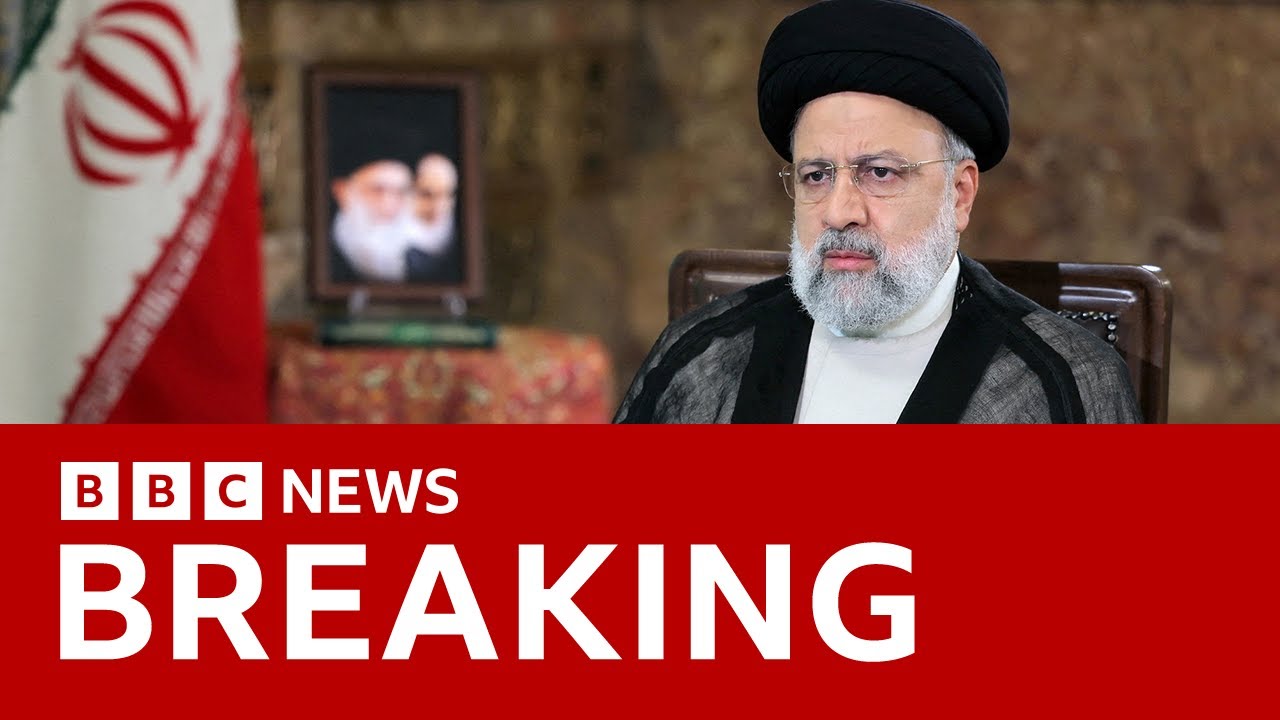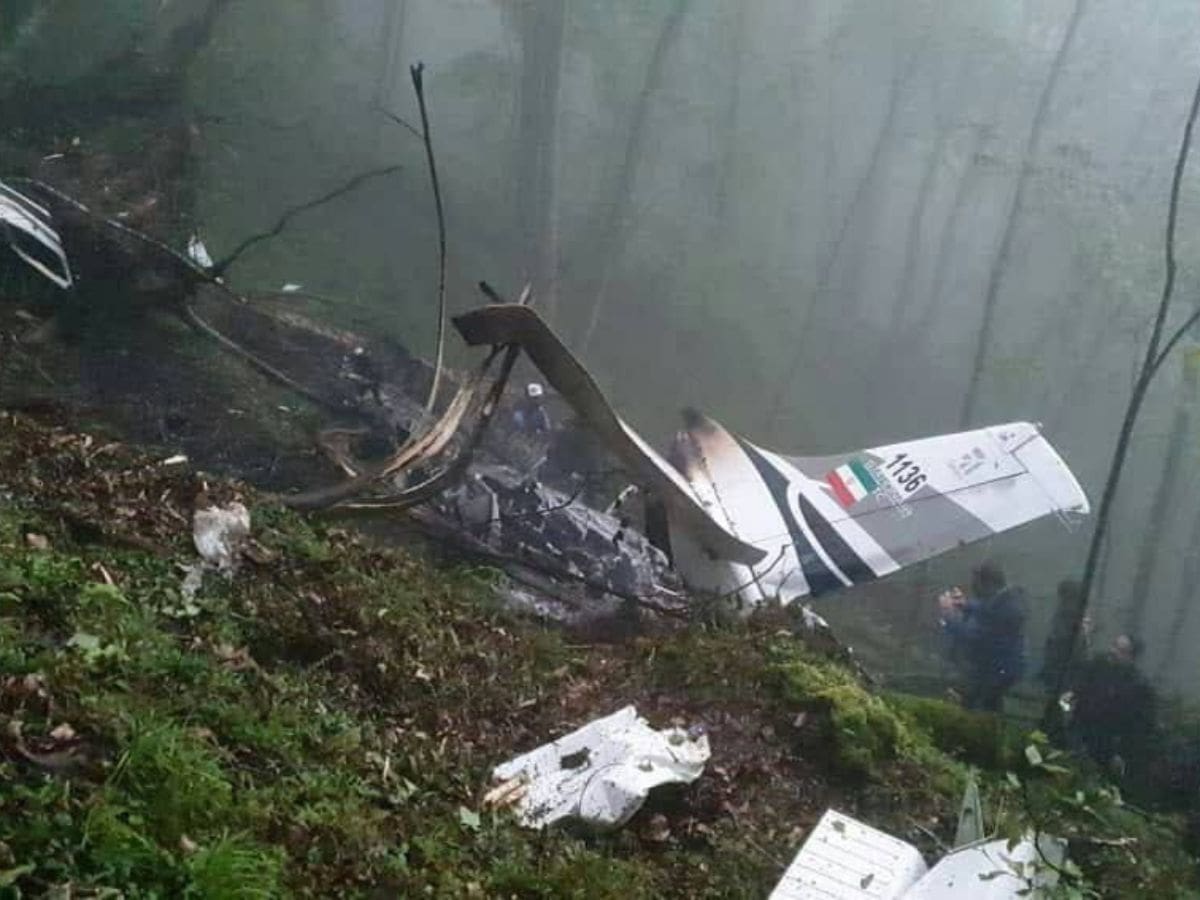Overview of Iranian Presidency and its Role
The President of Iran holds the highest office in the country and is the head of state and government. The presidency is a powerful position, but its powers are limited by the constitution and by the Supreme Leader, who is the ultimate authority in Iran.
The President is responsible for implementing the constitution and laws, and for appointing and dismissing ministers. The President also commands the armed forces and is responsible for foreign policy. The President is elected for a four-year term by direct popular vote, and can serve a maximum of two terms.
Electoral Process
The electoral process for selecting the President of Iran is complex and involves several stages. The first stage is the registration of candidates, which is overseen by the Guardian Council, a body of 12 clerics and six jurists. The Guardian Council has the power to disqualify candidates who it deems to be unfit for office.
The second stage is the primary election, in which voters choose from a list of candidates approved by the Guardian Council. The top two candidates in the primary election then face off in a runoff election.
Powers and Limitations
The President of Iran has a wide range of powers, but these powers are limited by the constitution and by the Supreme Leader. The President’s powers include the ability to:
- Appoint and dismiss ministers
- Command the armed forces
- Conduct foreign policy
- Veto legislation
However, the President’s powers are limited by the constitution, which gives the Supreme Leader the ultimate authority in Iran. The Supreme Leader can dismiss the President, dissolve the parliament, and veto any legislation passed by the parliament.
Historical Context of Helicopter Usage by Iranian Presidents
President of iran helicopter – The use of helicopters by Iranian presidents has a long and storied history. The first Iranian president to use a helicopter was Mohammad Reza Pahlavi, who acquired a Bell 47 in 1951. Pahlavi used the helicopter for a variety of purposes, including transportation, surveillance, and military operations.
In the years that followed, other Iranian presidents followed Pahlavi’s lead and acquired helicopters for their own use. These helicopters were used for a variety of purposes, including transportation, surveillance, and disaster relief.
Types of Helicopters Used, President of iran helicopter
The types of helicopters used by Iranian presidents have varied over the years. However, some of the most common types include the Bell 47, the Sikorsky S-58, and the AgustaWestland AW139.
The skies of Iran thundered with the deafening roar of the president’s helicopter, its blades slicing through the air like a celestial scythe. Yet, amidst the tumult, a quiet anticipation stirred within me. For as the helicopter ascended, my thoughts turned to the Preakness Stakes, the second leg of horse racing’s hallowed Triple Crown.
Like the president’s chopper, this race is a spectacle of speed and precision, where the finest steeds compete for glory. And as the helicopter soared higher, I couldn’t resist the urge to learn more about the upcoming Preakness 2024. Preakness 2024 Time and Channel: A Guide to the Middle Jewel of the Triple Crown provides all the essential details for this equestrian extravaganza.
With the president’s helicopter disappearing into the clouds, I returned my focus to the topic at hand, eager to delve deeper into the intricacies of Iranian aviation.
- The Bell 47 was a light helicopter that was first introduced in 1946. It was used by Iranian presidents for a variety of purposes, including transportation and surveillance.
- The Sikorsky S-58 was a medium helicopter that was first introduced in 1954. It was used by Iranian presidents for a variety of purposes, including transportation and disaster relief.
- The AgustaWestland AW139 is a medium helicopter that was first introduced in 2001. It is used by Iranian presidents for a variety of purposes, including transportation and VIP transport.
Reasons for the Adoption of Helicopters
There are several reasons why Iranian presidents have adopted the use of helicopters. These reasons include:
- Security: Helicopters provide a secure and efficient way to travel, especially in areas where there is a risk of attack.
- Speed: Helicopters can travel much faster than cars, which allows presidents to quickly reach their destinations.
- Access: Helicopters can land in a variety of locations, which allows presidents to reach areas that are inaccessible by car.
Security and Transportation Considerations: President Of Iran Helicopter

Presidential helicopter travel necessitates robust security measures to safeguard the head of state. The Iranian government employs a multi-layered approach to ensure the president’s safety during helicopter transport.
The president of Iran’s helicopter has crashed, killing all aboard. This is a tragic event, and our thoughts are with the families of the victims. In the meantime, it’s important to remember that we must protect our privacy. As the CNN Diddy Cassie Video scandal shows, our personal lives can be easily exposed to the public.
We must be careful about what we share online, and we must hold those who violate our privacy accountable.
Security Measures
- Armed Escorts: Heavily armed security personnel accompany the presidential helicopter, providing close protection against potential threats.
- Advanced Communication Systems: Secure communication channels are established to maintain constant contact with ground security forces and command centers.
- Countermeasure Systems: Helicopters are equipped with advanced countermeasure systems, such as chaff and flares, to deter or neutralize hostile fire.
- Intelligence Gathering: Extensive intelligence gathering is conducted before and during helicopter flights to identify and mitigate potential risks.
Logistical Considerations
Helicopter transportation for the president presents unique logistical challenges:
- Landing Zones: Secure landing zones are established and maintained to ensure safe takeoffs and landings.
- Weather Monitoring: Weather conditions are closely monitored to ensure safe flight operations.
- Fuel Requirements: Helicopters require regular refueling, which necessitates coordination with ground support crews.
- Maintenance and Inspection: Helicopters undergo rigorous maintenance and inspection procedures to ensure their reliability and safety.
Effectiveness of Helicopter Usage
Helicopter usage has significantly enhanced presidential security in Iran. The ability to quickly transport the president to secure locations or evacuate them from danger zones provides a crucial advantage in the face of potential threats.
Moreover, helicopters allow the president to access remote areas or congested urban environments that may be inaccessible by other means of transportation. This flexibility and responsiveness are vital for ensuring the president’s safety and ability to fulfill their duties.
The president of Iran has been in the news recently for his helicopter crash. The crash has raised questions about the safety of the Iranian helicopter fleet. Matt Duchene: A Hockey Star’ has also been in the news recently for his impressive performance on the ice.
Duchene is a rising star in the NHL, and he is quickly becoming one of the most popular players in the league. The president of Iran’s helicopter crash is a reminder of the dangers of flying, while Matt Duchene’s success on the ice is a reminder of the power of hard work and dedication.
Comparative Analysis with Other Countries

The usage of helicopters by Iranian presidents aligns with the practices of other world leaders, particularly in terms of security and transportation considerations. However, there are notable differences in helicopter usage protocols and security measures among different countries.
Similarities in Helicopter Usage Protocols
- Security Escorts: Iranian presidents’ helicopters are typically escorted by security aircraft, similar to the practices of other countries. These escorts provide protection against potential threats during air travel.
- Dedicated Landing Zones: Designated landing zones are established for presidential helicopters, ensuring a secure and controlled environment for take-offs and landings.
- Communication Systems: Helicopters used by Iranian presidents are equipped with advanced communication systems, allowing for secure and reliable communication during flights.
Differences in Helicopter Usage Protocols
- Frequency of Helicopter Usage: The frequency of helicopter usage by Iranian presidents may differ from that of other world leaders. Some countries rely heavily on helicopters for presidential transportation, while others use them more sparingly.
- Types of Helicopters Used: The types of helicopters used by Iranian presidents can vary from those used by other countries. Different countries may opt for specific models based on factors such as capacity, range, and security features.
- Security Measures: While all countries prioritize the security of their presidents during helicopter travel, the specific security measures employed can vary. Some countries may have more stringent protocols, such as the use of countermeasures against potential threats.
Implications for Iran’s International Standing
The use of helicopters by Iranian presidents reflects the country’s commitment to ensuring the safety and security of its leadership. The similarities and differences in helicopter usage protocols and security measures compared to other countries contribute to Iran’s international standing as a nation that prioritizes both security and efficiency in presidential transportation.
Future Trends and Developments

The future of helicopter usage by Iranian presidents is likely to be shaped by several key trends and developments. Technological advancements, geopolitical factors, and security concerns will all play a role in determining how helicopters are used for presidential transportation in the years to come.
One of the most significant trends is the increasing availability of advanced helicopter technology. New helicopters are being developed with improved safety features, increased range, and greater speed. These advances are making helicopters a more attractive option for presidential transportation, as they can provide a safe, efficient, and reliable way to travel.
Technological Advancements
- Development of more advanced helicopters with improved safety features, increased range, and greater speed.
- Integration of new technologies, such as night vision and advanced navigation systems, to enhance helicopter capabilities.
- Use of unmanned aerial vehicles (UAVs) to provide additional security and surveillance during presidential travel.
Geopolitical Factors
Geopolitical factors will also influence the future of helicopter usage by Iranian presidents. The region is a complex and volatile one, and the security situation can change rapidly. This means that presidents must be able to travel quickly and safely to any part of the country. Helicopters provide a unique ability to do this, as they can land in remote areas and can be used to evacuate presidents from danger.
- Changing geopolitical landscape and potential conflicts in the region.
- Need for presidents to travel quickly and safely to any part of the country.
- Helicopters provide a unique ability to land in remote areas and evacuate presidents from danger.